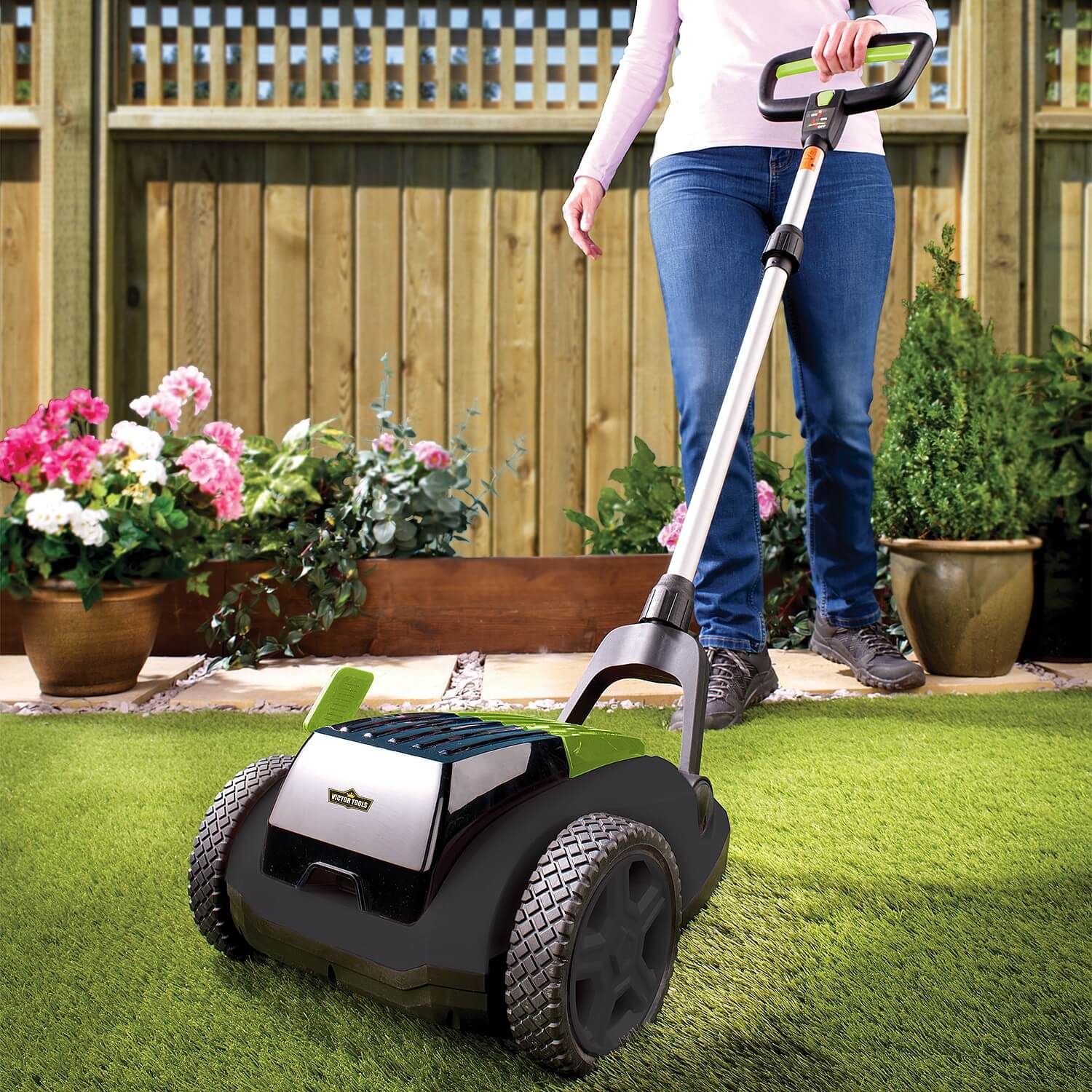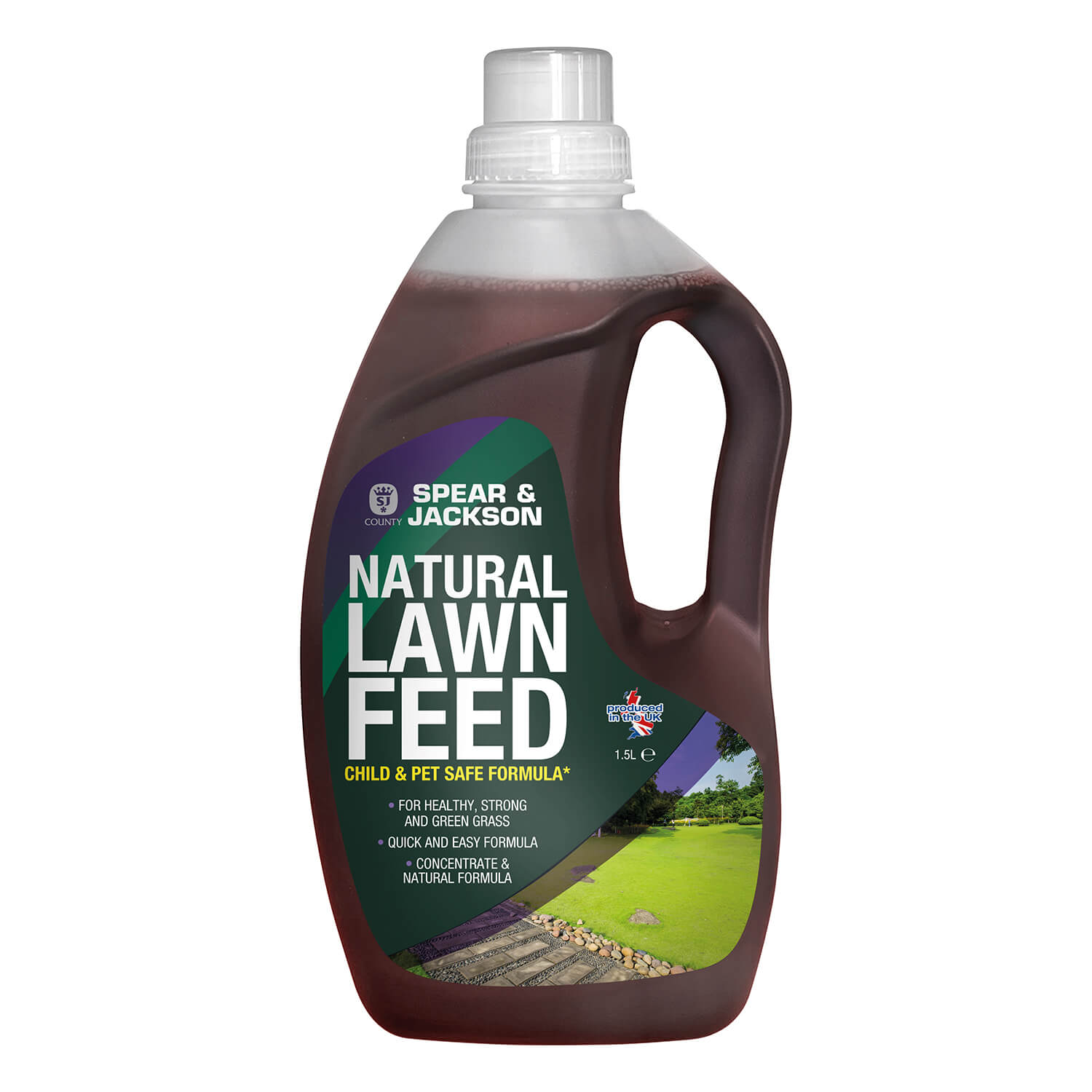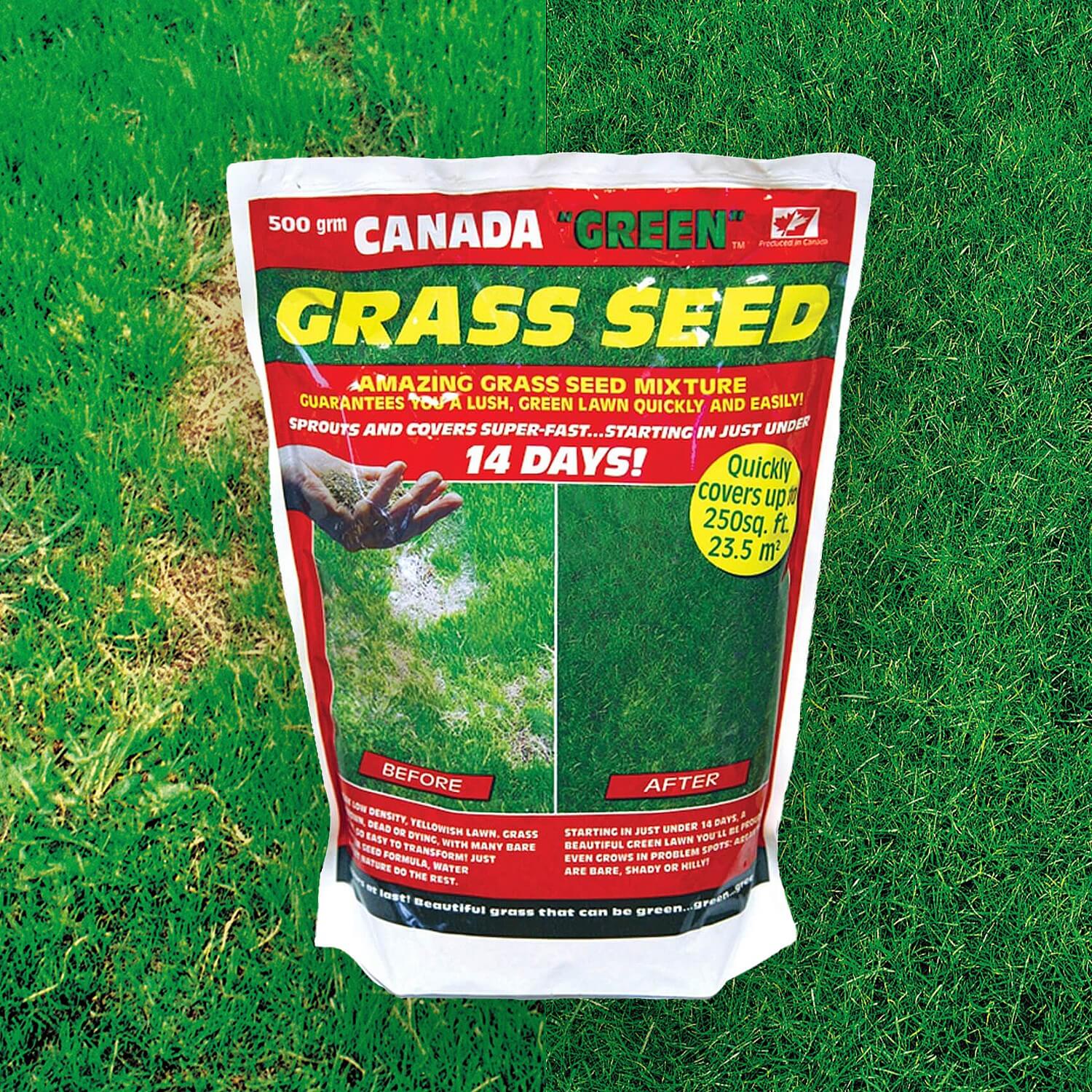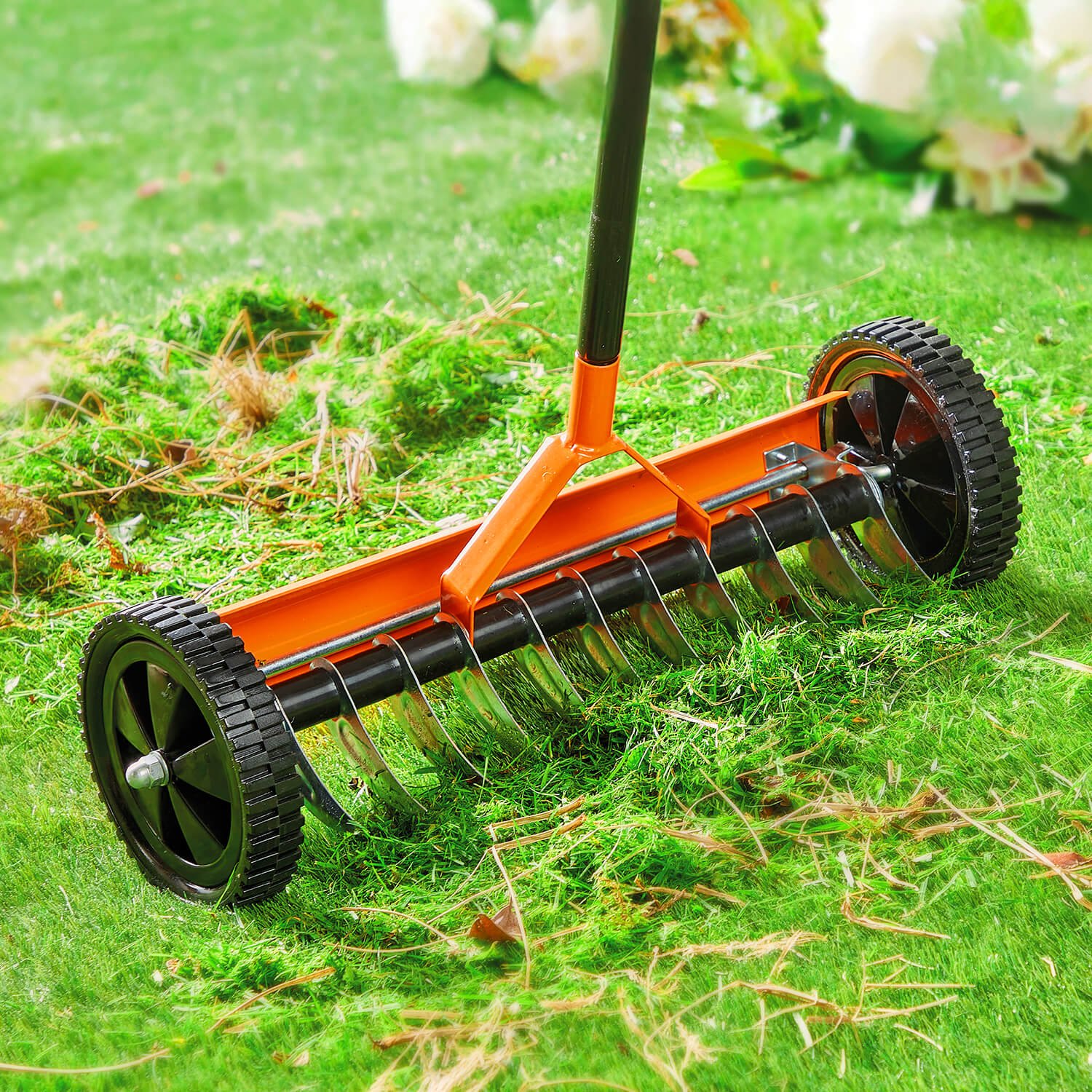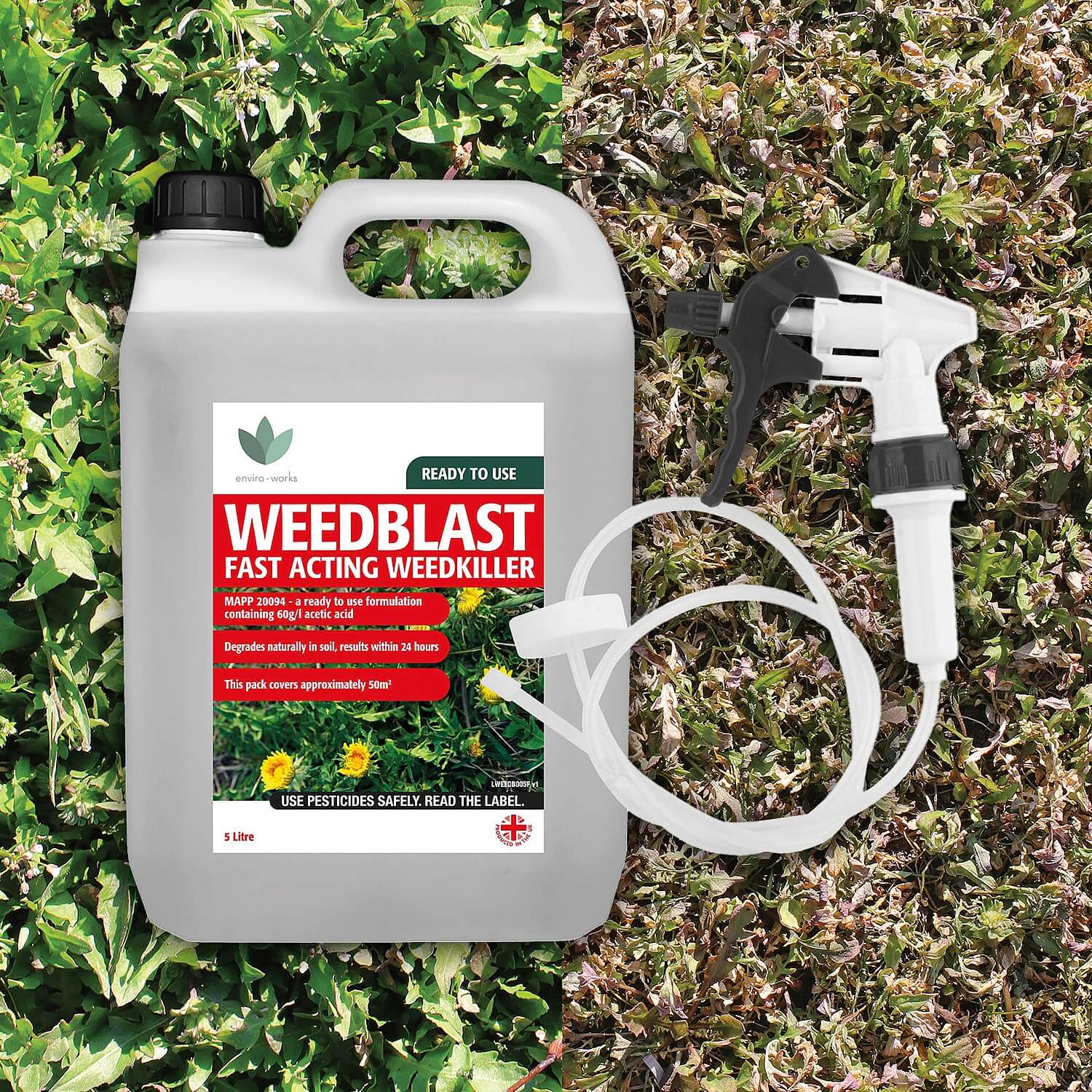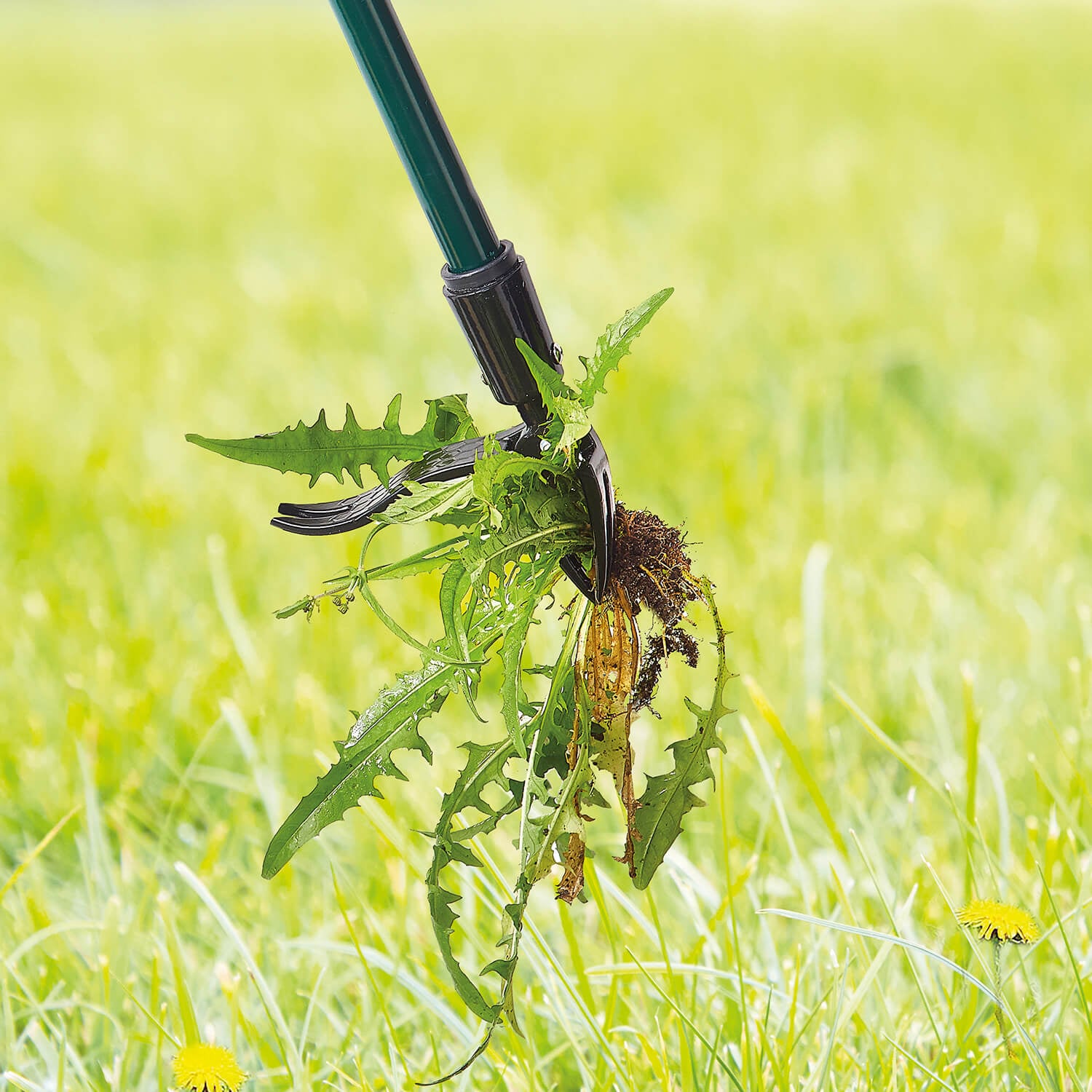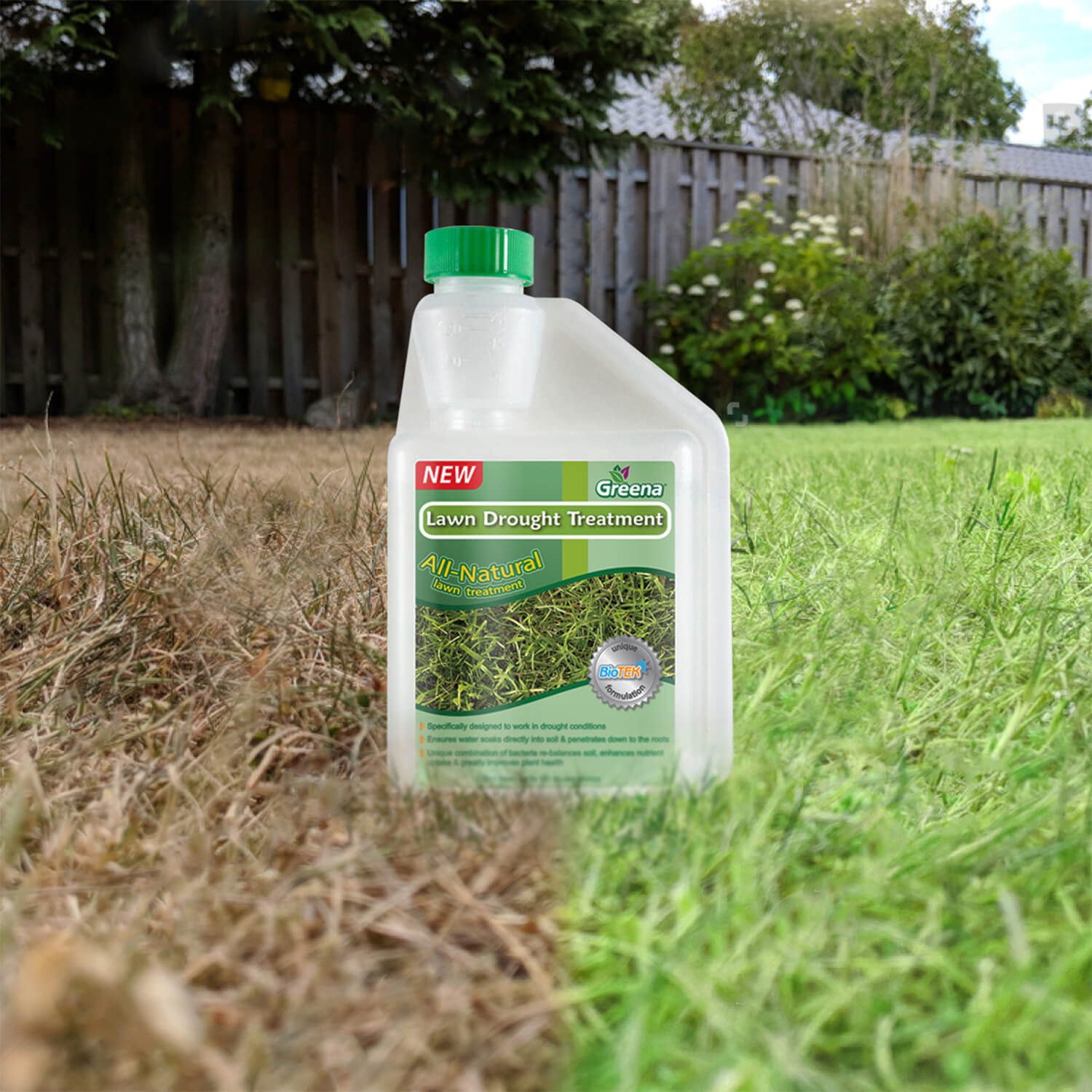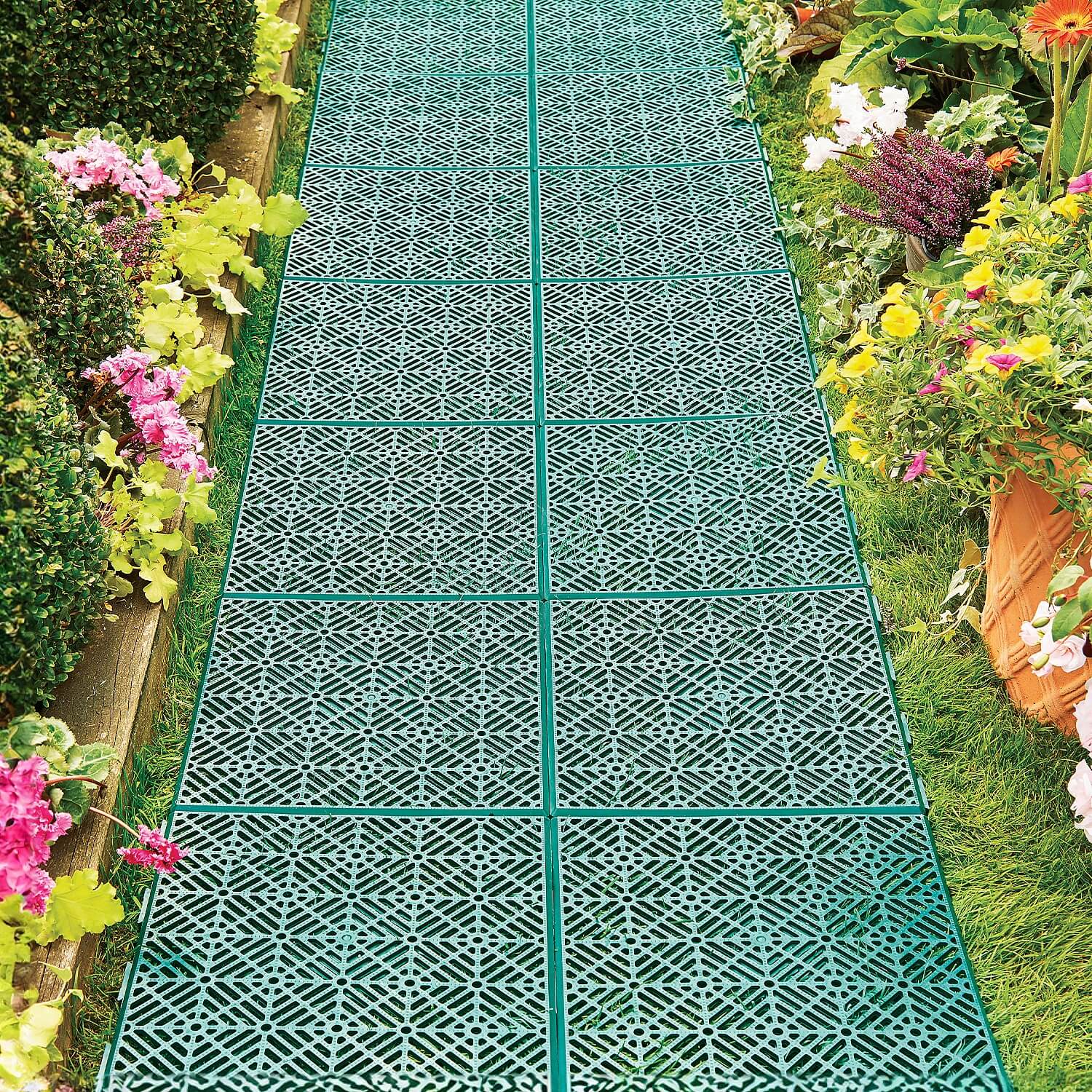How to make a lawn green and thick
Having a lush, green, and thick lawn requires a consistent effort throughout the growing season. Here are some key steps to achieve that beautiful lawn:
Mowing:
- Mow Regularly: Aim to mow your lawn every 1-2 weeks during the growing season. This encourages lateral growth, making the lawn appear thicker.
- Don't Scalp: Avoid cutting the grass too short. The ideal height depends on your grass type, but generally keep it at 2-3 inches. Leaving some blade length shades the soil, retains moisture, and promotes healthy growth.

Watering:
- Deep Soak: Water deeply and infrequently, rather than shallow sprinklings every day. This encourages roots to grow deeper, making the lawn more resilient during dry periods. Aim for 1 inch of water per week.
- Early Morning Watering: Water your lawn early in the morning to minimize evaporation and prevent fungal diseases.

Fertilization:
- Feed the Grass: Feed your lawn with a balanced fertilizer appropriate for your grass type and season. Generally, apply fertilizer in early spring and fall, following the instructions on the product label.
- Nitrogen for Green: Nitrogen is essential for greening up your lawn. Look for fertilizers with a higher nitrogen content (first number in the N-P-K ratio). However, avoid over-fertilizing, which can damage the lawn and pollute waterways.

Overseeding:
- Fill the Gaps: Overseeding involves spreading new grass seed over existing grass to fill in thin or bare patches. This creates a denser, thicker lawn. Fall is the best time to overseed cool-season grasses, while late spring is ideal for warm-season grasses.

Aerating:
- Loosen Up the Soil: Aeration involves puncturing the soil with small holes to improve air and water circulation to the grass roots. This is particularly helpful for compacted soil. You can rent an aerator or use a manual aerating tool. Aerate your lawn in the spring or fall.
Dethatching:
- Remove Thatch: Thatch is a layer of dead grass clippings and stems that can accumulate at the base of the grass blades. Excessive thatch can hinder water and nutrient penetration to the roots. Dethatching involves removing this layer using a dethatching rake or machine. Dethatching is usually done in early spring or fall.

Weed Control:
- Deal with the Invaders: Weeds compete with your grass for water and nutrients. Regularly hand-pull weeds or use a selective herbicide to control them.
Additional Tips:
- Choose the Right Grass: Select a grass type suitable for your climate and soil conditions.
- Address Drainage Issues: Ensure proper drainage to prevent waterlogging, which can damage the lawn.
- Limit Foot Traffic: Excessive foot traffic can compact the soil and damage the grass. Create designated pathways to minimize traffic on the lawn.
By following these practices consistently, you'll be well on your way to achieving a green, thick, and healthy lawn that you can enjoy for years to come.
